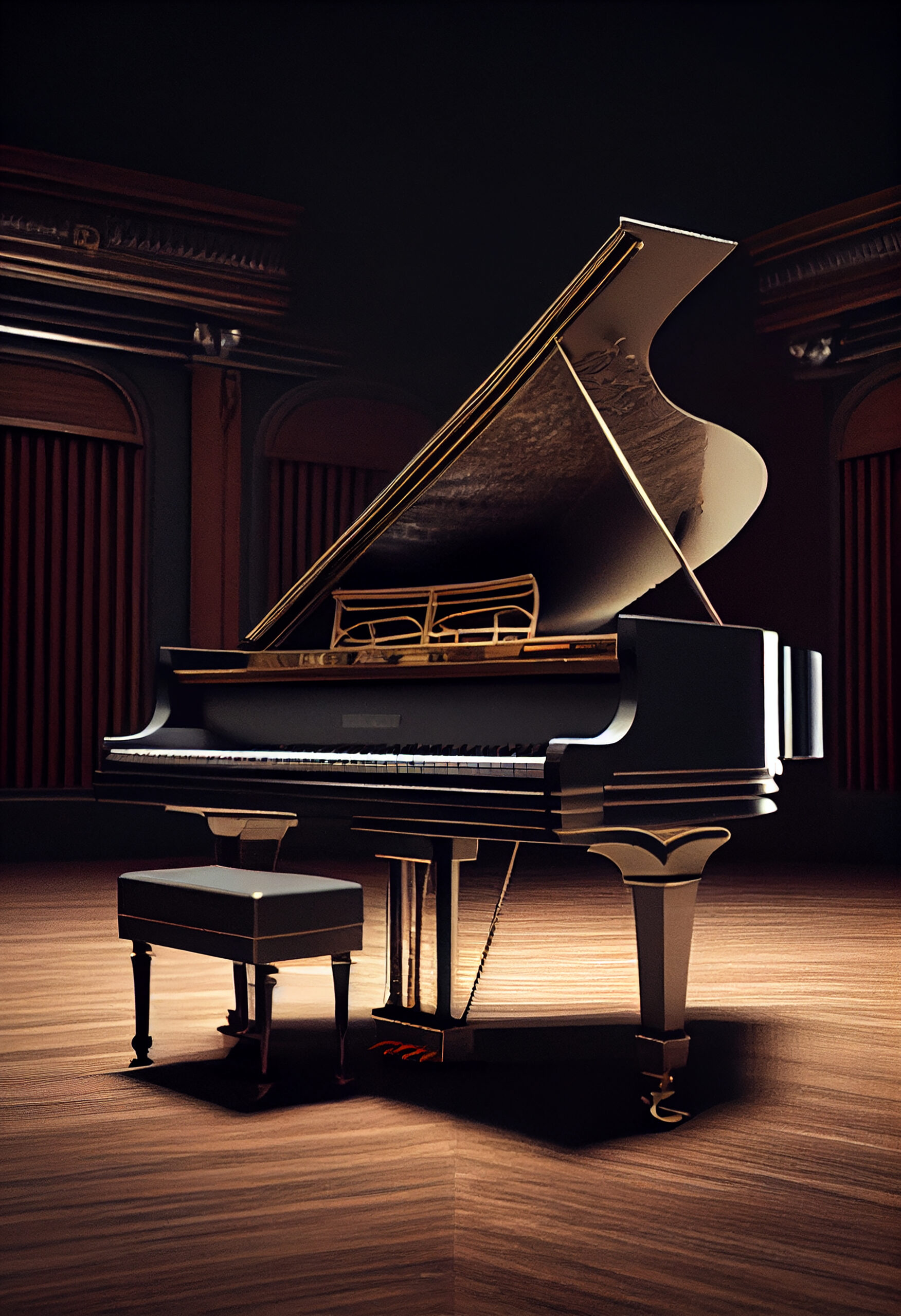Moving a studio or large upright piano is a formidable task. These majestic musical instruments are not only heavy but also delicate, requiring meticulous planning and execution to ensure a smooth and damage-free relocation. Whether you’re a professional pianist, a music enthusiast, or a piano owner looking to transport your prized possession, this comprehensive guide will provide you with essential tips and steps for moving a large upright piano safely and efficiently.
Understanding the Challenge of Large Upright Pianos
Large upright pianos, often called studio upright pianos or vertical grand pianos, can weigh between 600 to 800 pounds (270 to 360 kilograms) or even more. Their considerable size and weight make them considerably more challenging to move compared to their smaller counterparts. However, with the right tools, techniques, and a bit of patience, you can successfully relocate your large upright piano without causing harm to the instrument or yourself.
Materials and Tools You’ll Need
Before you embark on moving your studio or large upright piano, gather the necessary materials and tools to ensure a smooth and safe process. Here’s what you’ll need:
- Heavy-Duty Furniture Dolly: A robust furniture dolly with large, non-marking wheels is crucial for transporting the piano.
- Moving Straps or Harnesses: Heavy-duty moving straps or harnesses will help secure the piano to the dolly and assist with lifting.
- Furniture Blankets or Pads: These will protect the piano’s finish and prevent scratches during the move.
- Piano Skid Board: A piano skid board is a specialized tool designed to support the piano during transport. It provides stability and minimizes the risk of damage.
- Piano Moving Equipment: You may opt for piano moving equipment such as piano skid boards with swivel casters, piano moving wheels, or piano moving dollies for added convenience.
- Packing Tape: Use packing tape to secure the piano’s keyboard lid, pedals, and any loose parts.
- Work Gloves: Sturdy work gloves will help maintain a secure grip and protect your hands.
- Moving Truck: Ensure you have access to an appropriate moving truck or vehicle to transport the piano to its new location.
Now that you have your tools and materials ready, let’s delve into the step-by-step process of moving your studio or large upright piano.
Step-by-Step Guide to Move a Large Upright Piano
Step 1: Preparation
- Clear the Area: Remove any furniture or obstacles in the piano’s path to create a clear and unobstructed route.
- Measure Doorways and Hallways: Measure the piano’s dimensions and compare them to the width of doorways and hallways to ensure the piano can pass through without difficulty.
Step 2: Secure Loose Parts
- Tape the Keyboard Lid: Secure the piano’s keyboard lid with packing tape to prevent it from accidentally opening during the move.
- Tape Pedals and Other Loose Parts: Use packing tape to secure the pedals, music stands, and any other movable parts of the piano.
- Step 3: Position the Piano Skid Board
- Place the Piano Skid Board: Position the piano skid board next to the piano. Ensure that it is centered and stable.
Step 4: Slide the Piano onto the Dolly
- Position the Dolly: Place the heavy-duty furniture dolly near one end of the piano skid board.
- Lift the Piano: With the assistance of at least two or more individuals, carefully lift the large upright piano and gently slide it onto the piano skid board.
- Secure the Piano: Use heavy-duty moving straps or harnesses to secure the piano to the dolly. Make sure the straps are tight, and the piano is firmly attached to the dolly.
Step 5: Move the Piano
- Tilt the Piano: Tilt the piano slightly backward, allowing it to rest on the furniture dolly’s wheels.
- Steer and Move: With one person guiding and steering the dolly, carefully move the piano to its destination. Maintain a steady pace and avoid abrupt movements or sharp turns.
- Watch for Obstacles: Pay close attention to obstacles, stairs, uneven surfaces, and doorways. Take your time to navigate these challenges safely.
Step 6: Position the Piano
- Set the Piano in Place: Carefully lower the large upright piano into its designated spot.
- Adjust as Needed: Position and level the piano accurately within its new location.
Step 7: Final Checks
- Remove Straps: Carefully remove the moving straps or harnesses from the piano.
- Inspect for Damage: Thoroughly inspect the piano for any signs of damage or scratches that may have occurred during the move. Document any issues for potential insurance claims.
- Tune the Piano: After the piano is settled in its new location, consider having it professionally tuned. The move may have affected its pitch and overall sound quality.
Safety Tips for Moving a Large Upright Piano
Moving a large upright piano is physically demanding, so it’s essential to prioritize safety throughout the process. Here are some additional safety tips to keep in mind:
- Teamwork: Always have at least two or more people assisting with the move. Larger pianos may require additional help.
- Proper Lifting Techniques: Bend your knees, keep your back straight, and use your leg muscles to lift the piano. Avoid bending at the waist.
- Use Work Gloves: Wear sturdy work gloves to protect your hands and ensure a secure grip on the piano.
- Take Breaks: Moving a large piano is strenuous work. Take regular breaks to prevent overexertion.
- Plan the Route: Plan the path you’ll take to move the piano and clear any obstacles in advance.
- Communicate: Maintain clear communication with your assistants to coordinate movements and ensure everyone is on the same page.
Consider Hiring Professionals
While it’s possible to move a large upright piano on your own with careful planning and the right equipment, it’s worth considering professional piano movers for added peace of mind, especially if you own a valuable or antique instrument. Professional movers have the experience, expertise, and equipment to safely transport your piano without risking damage or injury.
Conclusion
Moving a studio or large upright piano is a significant undertaking that requires careful planning and execution. By following this comprehensive guide and adhering to safety precautions, you can successfully relocate your piano while preserving its condition and well-being. Whether you’re a musician, a piano enthusiast, or a dedicated piano owner, ensuring that your large upright piano is moved correctly is crucial to maintaining its beauty and musical excellence.




